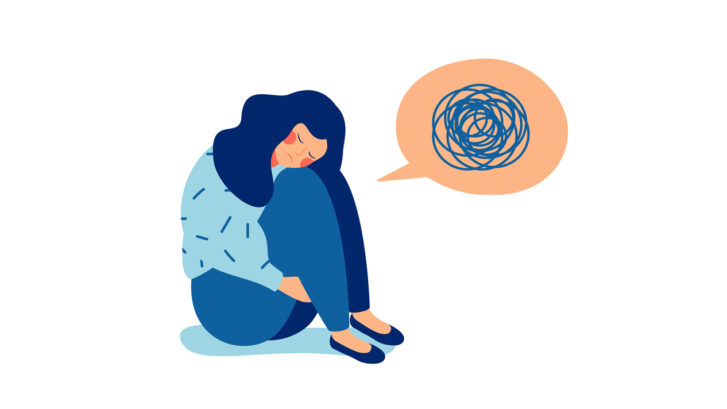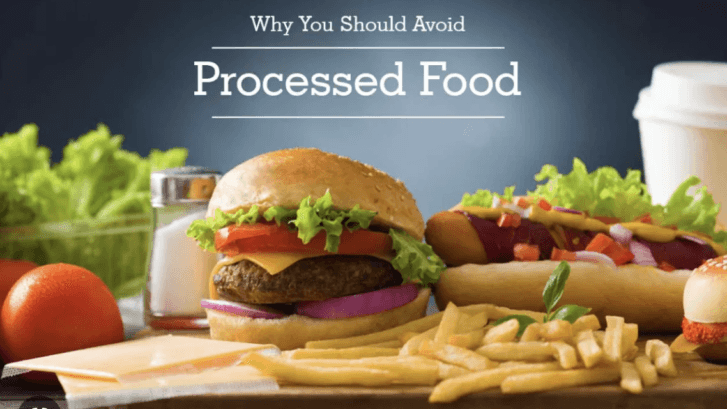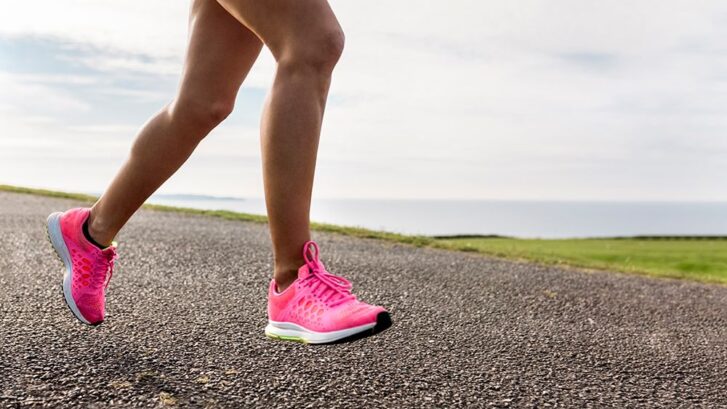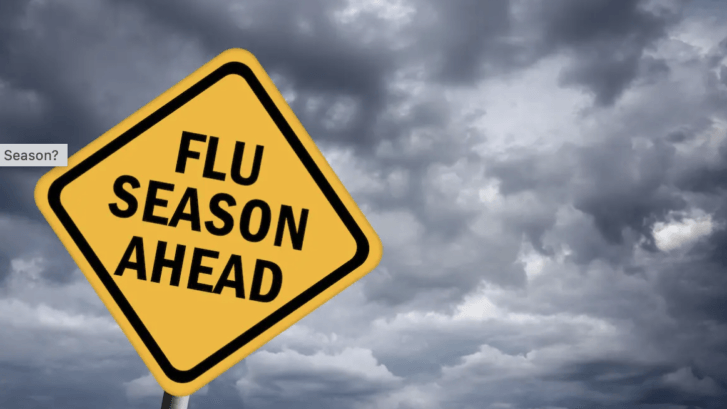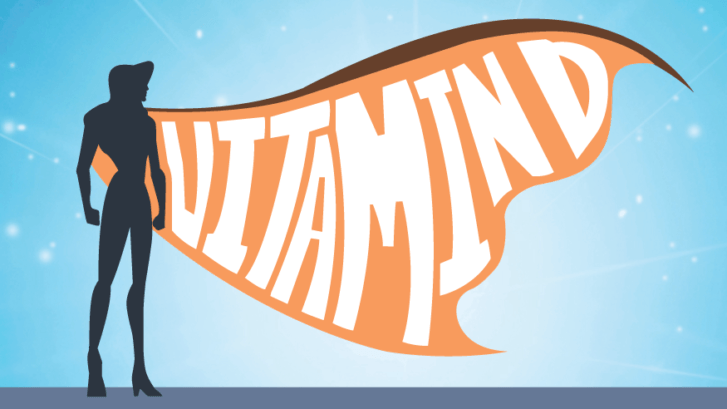Doctor’s Best Diets for the New Year
At the beginning of every new year, it’s customary to make resolutions to improve our lives in some way. Usually near the top of the list of New Year’s resolutions the goal of losing weight. Our primary care concierge doctors in Jupiter certainly applaud that one, because obesity negatively impacts our health in so many areas, from the possibility of type 2 diabetes to heart disease.
But there are other reasons to adhere to a particular type of diet, which don’t necessarily relate to weight loss. Diet in this sense means a way of eating, whether it’s cultural or just for overall health.
Forbes 2023 Rankings
Forbes Health recently consulted a team of seven nutrition experts to rate 19 diets considering a range of factors, from weight loss to heart health.
Which one is best for you depends on your reason for trying a new diet. Of the 19 diets reviewed, these made the top 10:
- Best for overall health: Mediterranean diet, emphasizing fresh fruits, olive oil, nuts, and fish
- Best non-meat diet: vegetarian, which generally doesn’t allow meat, poultry, or fish
- Best for heart health: dietary approaches to stop hypertension (DASH) diet, which focuses on fruits, vegetables, whole grains, lean proteins, and low-fat dairy
- Best commercial diet: Weight Watchers (now known as WW), emphasizing lower calories, with coaching and group support
- Best commercial diet runner-up: Noom, an app that ranks food according to calories, with coaching and group support
- Best non-meat diet runner-up: vegan, which allows no animal products of any kind
- Best diet for flexibility: pescatarian, a type of vegetarianism that also allows fish and other seafood
- Best diet for holistic health: Ornish diet, low-fat emphasis allowing no meat, fish, or poultry
- Best diet for a brain boost: MIND diet, a combination of the Mediterranean and DASH diets
- Best diet for a nutrient boost: Nordic diet, consisting primarily of fish, berries, and winter vegetables, with a small amount of meat and sweets allowed
Other Views
The annual US News listing of best diets includes most of the above diets, in addition to Jenny Craig, Dr. Weil’s anti-inflammatory diet, the Mayo Clinic diet, volumetrics, the nutritarian diet, the South Beach diet, and the Plantstrong diet.
Everyone, it seems, has an opinion on what makes a great diet.
For instance, Dr. Michael Greger told NBC’s TODAY that the worst diet is what he terms the CRAP diet: “calorie-rich and processed foods” that make health problems worse and weight loss impossible.
Instead, he recommends consuming a whole-food, plant-based diet, which is naturally high in fiber and low in calorie density and allows people to eat as much as they want—no calorie counting or portion control needed.
“It’s a diet that minimizes the intake of meat, eggs, dairy, and processed junk, and maximizes the intake of fruits, vegetables, legumes like beans, whole grains, nuts and seeds, mushrooms—basically, real food that grows out of the ground. Those are our healthiest choices,” he told TODAY.
“The strategy is to improve the quality of food rather than restricting the quantity of food,” he added, “so it doesn’t leave you hungry. That’s a diet you can stick with. You get a boost of energy, better digestion, better sleep.”
Skip the Gimmicks
His approach is simple. And in contrast, notice what kinds of diets don’t show up on any of these lists.
The hugely popular keto diet is one example. Studies show that 80 percent of those who try it struggle to stick with it. Why, when it often results in huge and rapid amounts of weight loss?
Because it not only can it cause numerous side effects—body aches, headaches, light-headedness, nausea, fatigue and lethargy, constipation, and brain fog—but because everyone else is eating garlic bread and mashed potatoes (not cauliflower) with gravy and pasta.
Because, in short, the keto diet is restrictive. It has a long list of very tasty foods that either aren’t allowed or are allowed only in small portions after a certain time.
“When you are on the keto diet, you drastically cut your carbs to only 20 per day. That’s less than one apple!” nutritionist Lisa Drayer, a CNN contributor, told the network.
Bottom Line
Above all, research shows that the most successful diet is the one that you yourself designed because it gives you a sense of control, rather than being at the mercy of a set of restrictive rules.
“You have to have joy and pleasure in food,” Stanford University professor of medicine Christopher Gardner told The Washington Post. He has conducted numerous randomized trials to test the success rate of various diets and found they are essentially the same.
“They agree more than they disagree,” he said. Instead, he counsels, “Limit added sugars and refined grains, and eat more non-starchy vegetables. [I]f you do those two things, you get 90 percent of the benefits.”
If you enjoy what you eat, you’ll have a much better chance of sticking with it for the rest of your life, he added.




